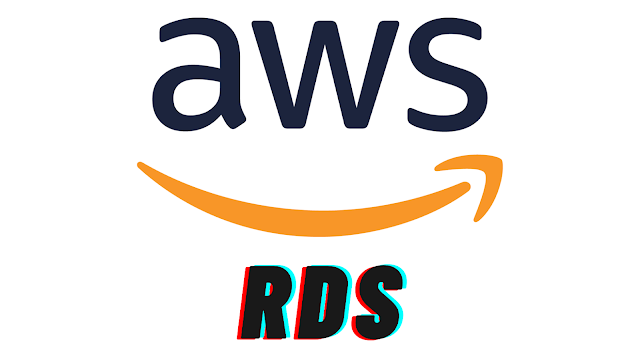AWS RDS: A Beginner’s Guide
Amazon RDS (Relational Database Services) is a powerful web service that streamlines the setup, operation, and scalability of relational databases within the AWS Cloud. Whether you’re building web applications, SaaS platforms, or diving into business analytics, RDS provides a robust foundation for your data needs.
Key Components
- Database Engines:
- RDS supports various database engines, including MySQL, PostgreSQL, Oracle, Microsoft SQL Server, and Amazon Aurora. Choose the engine that best fits your application requirements.
- Automated Backups:
- RDS automatically backs up your database at specified intervals. You can restore to any point in time within your retention window.
- Monitoring and Metrics:
- RDS provides performance insights through Amazon CloudWatch with cases like monitoring CPU utilization, data storage, and query performances.
- Security and Encryption:
- RDS encrypts data at rest using keys managed by AWS Key Management Service (KMS).
How It Works
- Database Creation: Create an RDS instance with your chosen database engine. Specify instance type, storage, and other configuration settings.
- Data Storage: RDS manages storage volumes (EBS) for your database. Data is stored securely and redundantly across Availability Zones in AWS.
- Scaling: Easily scale compute and storage resources as your workload grows which includes, Vertical scaling (instance type) or horizontal scaling (read replicas).
Use Cases
- Web-Based Applications: Deploy WordPress, Drupal, or other content management systems. RDS handles database management, backups, and scaling.
- SaaS Applications: SaaS platforms rely on RDS for their backend databases. Multi-tenant architecture? RDS has you covered.
- Business Analytics: Store and analyze business data efficiently. Thus leverages RDS for reporting and insights.
- Compliance-Driven Industries: Medical and banking applications benefit from RDS’s security features such as Encryption, access controls, and audit trails.
Conclusion
Amazon RDS simplifies the complexities of relational databases, allowing you to focus on building great applications. Whether you’re a developer, data scientist, or business owner, RDS empowers you to manage your data effectively. RDS isn’t just about databases, it’s about unlocking the potential of your data.




Comments
Post a Comment